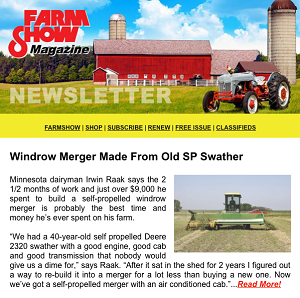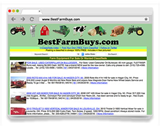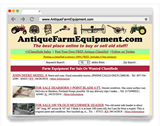You have reached your limit of 3 free stories. A story preview is shown instead.
To view more stories
(If your subscription is current,
click here to Login or Register.)
Navigating OEM Restrictions In Canadian Agriculture
Many grain farmers buy a harvester but choose not to use the OEM header that comes with it. Instead, they prefer to add a header model from a Prairie shortline manufacturer. However, some OEMs have recently blocked these manufacturers from obtaining the command set code needed to connect their headers to the digital sy
..........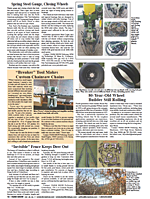
You must sign in, subscribe or renew to see the page.
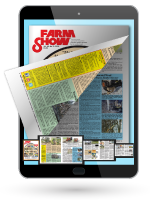
You must sign in, subscribe or renew to see the flip-book
Navigating OEM Restrictions In Canadian Agriculture
Many grain farmers buy a harvester but choose not to use the OEM header that comes with it. Instead, they prefer to add a header model from a Prairie shortline manufacturer. However, some OEMs have recently blocked these manufacturers from obtaining the command set code needed to connect their headers to the digital systems of specific combine and swather models, thereby limiting buyers to headers supplied by the OEM.
This monopolistic behavior by large farm equipment companies is meant to deliver greater value to shareholders by locking down equipment and restricting choice. Still, it also pits the OEM company’s interests against crop producers.
Similar to the tech industry, anti-competitive activities in the agricultural industry are rising above inconveniences and creating competition and market unfairness.
“Everyone innovates, and that’s fine,” says Scott Smith, Honey Bee Manufacturing Systems Manager. “But in Canada, we don’t build combines; we build implements, and they must attach to the host equipment. If the host decides not to be permissive in allowing this connection, then there go 1,500 agricultural manufacturers in Canada who’ll have nothing to do tomorrow. And almost all these businesses are started and owned by innovative farmers.”
Honey Bee Manufacturing is feeling the impact. Digital communication between OEM machines and attachments has been severed, even though a standard ISOBUS protocol is in place.
“They’re creating a proprietary interface rather than using the standard, even though it looks like the standard, and uses the same hardware,” Smith says. “If they don’t publish communication protocols in the standard, it’s not really the standard; it’s proprietary. They’re saying for front-mounted equipment, it’s our playground, and you’re not allowed to play in it.”
Previously, it was illegal under Canadian copyright law for engineers to reverse engineer the command set code necessary to link a header to a combine’s digital system, even though it’s technically possible. Companies and farmers participating in these actions were held civilly and criminally liable.
A lobbying campaign involving the Canada West Foundation led to the passing of Bill C-294, amending the Copyright Act to allow reverse engineering for interoperability.
“Now we can legally do reverse engineering, but it costs a lot of money, and it’s one software update away from being invalidated by the OEM, who can complete over-the-air software updates,” Smith says. “It’s not a simple, straightforward interface; it’s very convoluted, now with multiple Controller Area Network (CAN) buses and up to 200 controllers on a platform. It’s a bit of a whack-a-mole thing when the actual issue is a competition issue, not a technical issue. What we need is a mandate for interoperability for agricultural equipment in Canada. We have it for other industries, just not for agriculture. The standards are there; we just want them utilized.”
Smith is optimistic because he’s been receiving weekly calls from farmer associations about the issue. The topic has trickled down to producer associations, and they’re understanding that the business model the OEMs are creating significantly disadvantages the producer in areas such as interoperability, repairability, technology costs, and the use and security of their data.
“The business plan for the farm and the business plan for the OEM are in contention,” Smith says. “This didn’t use to be the case, as it was a symbiotic relationship between the manufacturer and the farmer, but now the shareholder seems to have priority. Farmers generally have multiple brands of equipment, and of course, it’s always expected and needed to work. With more and more technology coming, the fewer brands that are interoperable, the bigger the challenge. It’s hurting everyone.”
Contact: FARM SHOW Followup, Honey Bee Manufacturing, P.O. Box 120, Frontier, Sask., Canada S0N 0W0 (ph 306-296-2297; info@honeybee.ca; www.honeybee.ca).
To read the rest of this story, download this issue below or click
here to register with your account number.



